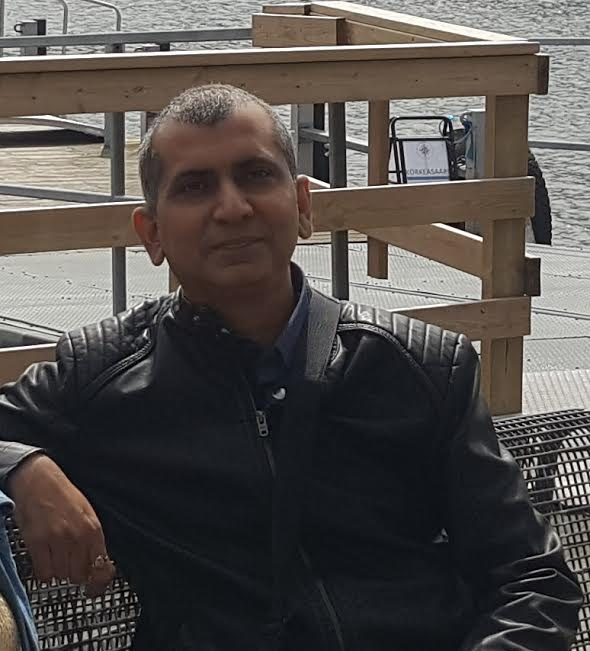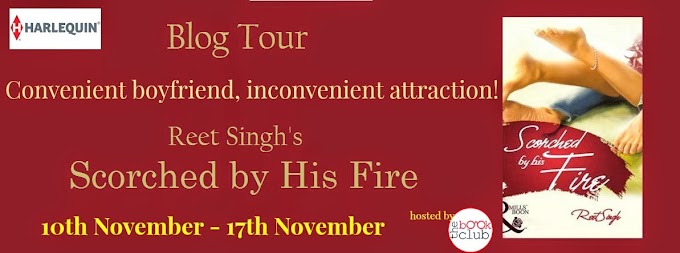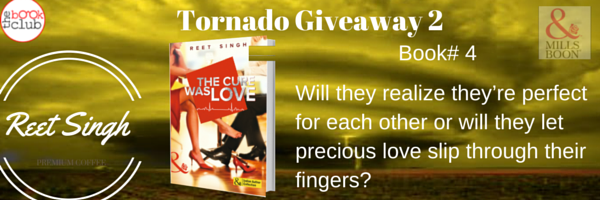 |
| Author Mayank Sharma |
Know the author's mind and delve deep into the crevices of his heart as he bares it all about his in-depth research for his book treading on a subject that many fear to discuss. Read on to know more:
My heart began sinking to my stomach as I inched closure to their terrifying encounters. Phew! It was a jungle fiercer than Crooked Forest, a terrain severer than Grand Canyon, and a dystopia scarcer than Dead Sea. There were abuses hurled sourer than howl. How could I seize what I saw, felt, and heard, as my glossary ran out of words? I heaved a sigh of relief when I interacted with college students, who worked closely with non-governmental organizations to impart education to underprivileged children. This effort was a major part of my research work.
Sanchita: You couldn’t have chosen a better title for your book, it’s very apt and does justice to the story. Throw some light on the ‘real life events’ that shook you to write this tale.
Mayank: Thanks for the compliment. It is an intriguing title that reflects a poignant storyline. It contains a metaphor to encapsulate the gist of the story in a catch phrase. The title portrays a vivid picture of the protagonist with resilient life skills that provide her the strength to achieve nearly impossible ambitions in spite of being raised in a milieu that is looked upon as a swamp. Ironically, there may be a handful of such cases in real life when the children of sex workers are able to get access to quality education and involve in a dignified occupation. In one such case, I came across a heart-breaking struggle of the daughter of a former sex worker. When she was young, her mother was trafficked to Mumbai’s red light district. In a Facebook post, she shared her journey of becoming a theatre artist in Mumbai. She candidly talked about discriminations and hardships she encountered throughout her education. Her determination and courage inspired me to pen down this tale. Though, that girl in real life was not as blessed as my protagonist in the story.
Sanchita: While writing the book, which aspect of it needed the maximum amount of research and why?
Mayank: Encountering a writer's block at various stages was an inevitable thing for a naïve writer like me while I was writing the story with a female protagonist, especially based on a thin-skinned theme like forced prostitution. It was quite difficult for me to visualize in my mind the sentiments of a woman when a fiasco rips her dignity and turns her hope into disgrace. Eventually, my willingness to empathize struggles of a woman in the lurch enabled me to create unique identities of my characters. I had worn hats of similar individuals, who resembled closely to my characters and had gone through similar life experiences. Doing so was not possible for me without having interacted with those individuals, who suffered the same twinge in real life.
In due course, it turned out to be a mammoth challenge for me as I began probing the lives of sex workers and their children. I read about several inhumane incidents of human trafficking in which the greediness to make a couple of bucks eclipsed trust and humanity. While I was writing, I wanted to feel and empathize their encounters so that I could mirror their agonies in my story. My heart began sinking to my stomach as I inched closure to their terrifying encounters. Phew! It was a jungle fiercer than Crooked Forest, a terrain severer than Grand Canyon, and a dystopia scarcer than Dead Sea. There were abuses hurled sourer than howl. How could I seize what I saw, felt, and heard, as my glossary ran out of words? I heaved a sigh of relief when I interacted with college students, who worked closely with non-governmental organizations to impart education to underprivileged children. This effort was a major part of my research work. When I made it a goal to bring their distressed voices to a larger audience, it became a tricky bargain to delimit the breadth and depth of encounters that were suitable for a debut book. My idea was to write the content shedding light on the fact that a sunny morning always follows the thunderstorm. A plot in a simple narration took precedence over literary aspects as I believe that solemn messages are best delivered in a direct language with no digressions. Personally, I also believe in letting creativity and freedom of expressions flow naturally, without being shackled by the laws of literary realm. The selection of right dialogs to closely mimic the gibberish in Hindi, commonly used in that locale was another challenge that needed some study. Then, I looked at some novels based on urban fiction or street lit, a genre that focuses on socio-economic discriminations in urban settings and is quite popular among African Americans. The dialogs commonly used in urban fiction were not new to me having lived in Atlanta. I am not sure if I should call my book’s style as Indian urban fiction. Well, you cannot expect everything to be hunky-dory. Perhaps, this style is vulnerable to a pushback in the mainstream. Anyway, I feel victorious when my readers do not stumble upon the dilemma of putting the book down halfway.
Sanchita: How do you think writing can trigger the winds of change?
Mayank: The flapping of the wings of a tiny butterfly in Delhi can possibly trigger a tornado in Dhaka. Even a tiny cause can initiate a ripple effect that can lead to a large-scale transformation. I have used this analogy to describe the Butterfly Effect. In a nutshell, writing with a strong purpose in mind can transform a writer’s pen into the mightiest tool, capable of sparking a revolution. I consider writers as thought leaders, who have the ability to influence their readers to embrace a change. Having said that, not every story can become a catalyst of change, unless it has a distinct take away for readers when they put down the book at the end.
Over several decades, African American writers have been sharing their life experiences, the hardships of street life, and the breach of civil rights, in their novels based on urban lit. Iceberg Slim, whose autobiography, ‘Pimp: The Story of My Life’ was published in 1967. More than two million copies of this novel were sold worldwide. In the same year, his novel, ‘Trick Baby’ was released and it was adapted into a movie by Universal Pictures. His books had a huge influence on African-American community and hip-hop musicians. Some terms used in his books were included into the lexicon of Black English. Urban lit has its critics in the mainstream, and so it was kept on the backburner until a new wave gained momentum in late 90’s, when publishers recognized the real potential of African-American readership. The genre caught momentum only when the readership was able to connect to their own issues.
Sanchita: Who is your favourite author and why?
Mayank: Paulo Coelho is my favorite author since you asked for only one author. I like his novels’ philosophy. Additionally, I am an admirer of Arundhati Roy and Amartya Sen.
Sanchita: Sneak peek into your next project?
Mayank: My next project is a story of an eternal love of two soulmates, who are miles apart by nationalities, poles apart by faith, yet their shared journey of self-discovery interweaves at the crossroads of archeology, technology, and philosophy.
Here is an excerpt - “I thought the depths of ocean and the outer reaches of space were only two uncharted territories until I began to discover the furthest depths of my soul.”
Stay tuned…
About the Author
Mayank Sharma is a computer engineering graduate with post-graduation in business management. He works with a leading technology multinational in Delhi. He has authored a number of articles and white papers on software technology and processes. For the first time in April 2014, his article was featured in Better Software magazine published in Florida, USA. Writing has become Mayank's greatest passion when he observed how it can trigger the winds of change. He is gradually transforming from a “left-brained” writer to a “right-brained” writer. Besides writing, he is passionate about sketching, painting, and making sculptures since childhood.
India is the fifth-largest economy in the world with the Gross Domestic Product growth at 7.1 percent. Contrary, India ranks 118 out of 157 countries in the happiness index. The fact seized Mayank’s attention towards social problems affecting social support, freedom of choices, and generosity, to name a few. Having travelled across continents and associated with people with diverse beliefs and values, he became more curious about the social riddles curtailing liberties across societies. He penned his debut novel, The Princess of a Whorehouse, when he came across some real life incidents that quivered his soul.
His book 'The Princess of a Whorehouse: The Story of a Swamp Lotus' is available at:















0 Comments